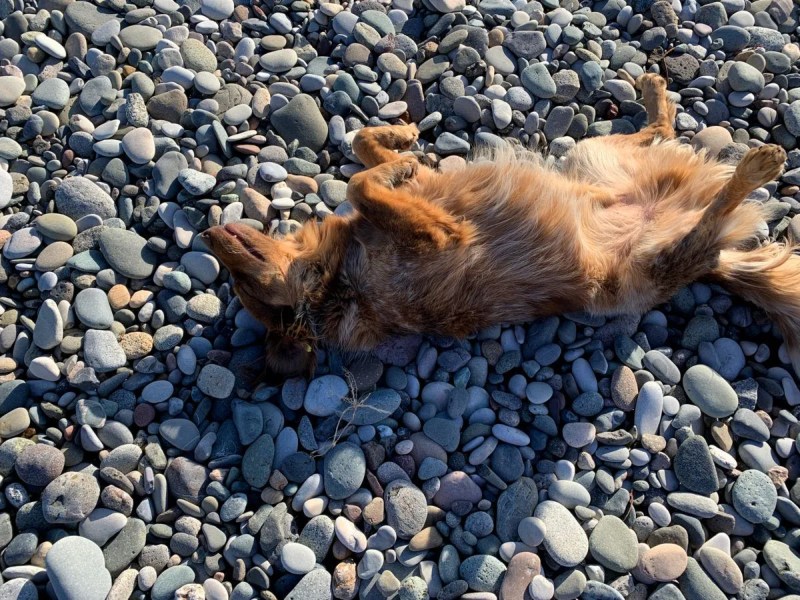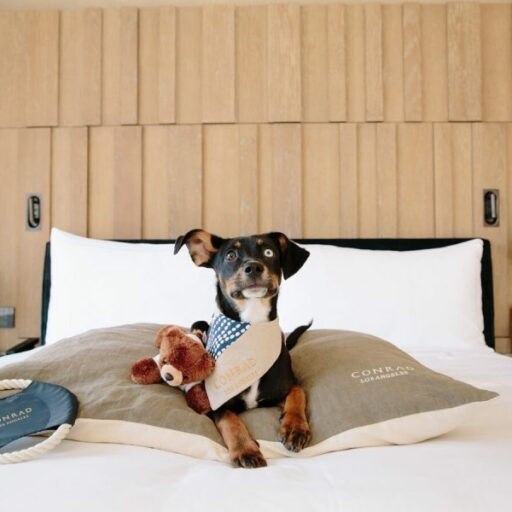Best Dog Friendly Ground Cover – The backyard is a fun place for dogs and people, but it’s important to make sure your space is right for Fido. Dog-friendly landscaping and human-friendly landscaping are not necessarily the same thing.
While you may see your outdoor space as a place to rest or grow, your dog may not feel the same way you do. For them, the garden is a place to run, kiss, dig (even if it’s in your rose garden), explore and answer nature’s call.
Best Dog Friendly Ground Cover

That doesn’t mean you can’t have a beautiful garden that you can enjoy a lot, it just means you can’t just plant and plant your heart out. Dog-friendly landscaping ideas are out there; You should know where to look and send the information to your local zoning office to be sure.
15 Easy Ground Cover Plants
While a green lawn looks good, dogs running around can scratch your lawn and turn it yellow from urine. Consider alternatives such as mulch, rock or artificial grass that are durable and won’t get too hot during the warmer months. If you use rocks, make sure they are not small enough to get stuck in your dog’s paws and make sure your dog doesn’t eat the rocks.
Talk to your local landscape architect about the best installation and consider using soil under rocks, mulch or stone so the materials are not in the ground Also known as mulch, this product prevents plants from growing on your soil.
The ground cover is a fiber layer that is perforated with holes to allow water to enter. Some include UV protection to extend the life of the fabric. If you use a ground cover, it must be secured so that the dogs do not scratch or tear it. Landscape pins are available for this purpose.
When planning dog-friendly landscaping, consider how much you will plant in the planting area and how your climate will affect the soil. For example, if it rains a lot where you live, you can avoid walking in mud that can cause mud.
Use These Plants On Your Slope To Prevent Erosion, Stabilize Soil, And Look Amazing!
When looking at options, you should also consider the cost of the different landscaping options and how they will affect your budget. Decorating costs are an important part of any project, and you need to know what you’re getting into when planning, whether you hire someone or do it yourself.
Although these are tougher options than traditional lawns, they can still stretch, especially if you have a large dog that runs in the same area frequently. When choosing one, you should consider factors such as climate, durability, seasonal dormancy, appearance and lawn care.
Bermuda grass is a good choice for large dogs that like to be leashed and walked around the yard because it has deep roots and does well in high traffic areas. Bermuda grass goes dormant in winter if the weather is too cold, so it does well in areas with warm and mild winters, thriving in hardiness zones 7 to 10.

If you’re not sure where your hardiness zone falls, you can enter your zip code to find out on the USDA’s plant hardiness website.
Dog Friendly Mcr
Kentucky bluegrass is a grass that grows and recovers quickly, so it’s good for people who live a little north. Kentucky bluegrass is best for cool climates, tolerates cold weather better than bermudagrass, and performs well in hardiness zones 2 through 6.
People sometimes call it a clover plant (many pesticides kill it), but it is generally considered attractive. And as an added benefit, clover can fight noxious weeds. Clover can be a good alternative to grass if you want to keep your garden green as it does not fade like grass.
However, there is a drawback: it does not change in heavy vehicles. Clover tends to patch up after a while, and you’ll need to rewater it every few years. It will die in the winter, but don’t worry – it will come back in the spring. This time, however, you can get away with mud.
In contrast, clover grows well in poor soil and can be heard walking around with bare feet. Plus, it never needs fertilizer and you don’t have to mow it. It’s also cheap: the average price for seeds is $4 per 4,000 square feet.
The 6 Best Invisible Dog Fences (2024 Guide)
Artificial grass made from synthetic fibers has been developed as an alternative to grass for sports. It was first used on a large scale in Houston’s home stadium, the Astrodome, built in 1966. The nature of the stadium means that rain and shine, it must always be organic, cannot be planted. Astroturf is the solution.
Artificial grass is also a solution for dog owners if you use it correctly. It’s more durable than grass, and if it can hold up to 280 pounds of line-dressed cleats, it can handle anything your pet retriever or Doberman can throw at it.
You don’t need to water your lawn, although it’s a good idea to rinse it to avoid dog urine. Make sure your professional sets it up so it flows properly. Deodorizing refills are also available to reduce pet odor.

If you’re considering artificial grass, know that it can be an expensive option, typically ranging from $5 to $20 per square foot of coverage. Factor this into your decision before committing.
Best Ground Cover For This Shady Area? Needs To Stay Cool And Be Toddler And Dog Friendly
If you’re fine without grass, you may want to consider exploring hardy or low-maintenance mulch or cedar chips.
Technically, mulch is not a form of hardscape because it is organic, and hard surfaces are made of inorganic materials such as stone, brick, and stone pavers. These areas require less maintenance than grass, clover and other organic options because there is no mowing and less maintenance.
It’s also easy to pick up your dog’s leaves and clean them up with a hose.
Unlike hard surfaces and rocks, mulch is more forgiving on your dog’s paws: it’s not as hot, and it’s also softer. Absorbs dog urine and its odor. In addition, cedar mulch gives off its own fragrance, helping to mask unpleasant odors. Just make sure your lawn and the soil you put it in has good drainage.
Planting And Maintaining A Bee Lawn
If you decide to use a mulch, avoid cocoa shells, as they can cause symptoms similar to those caused by allergies in dogs. Side effects can include diarrhea and vomiting and, when consumed in large amounts, muscle and neurological problems.
Pea gravel consists of pebbles, as the name suggests, about the size of a pea: usually one-eighth to three-eighths of an inch. You can get it in colors ranging from brown to gray to white, so it’s easy to complement the look of your garden.
Because of its smooth surface, you and your dog don’t have to worry about stepping on jagged or pointy edges, and pea gravel can be used for everything from walkways to patios to playgrounds and even the bathroom.

Best of all, pea gravel is inexpensive, typically $300 to $400 for 200 square feet of coverage. Different colors will cost a little more.
12 Grass Alternatives For A More Sustainable Lawn
Although not as good as pea gravel, crushed limestone can provide a layer to make it easier on your dog’s feet. It also removes unpleasant odors well, and besides, you can clean easily because it drains well. The price of crushed limestone can vary depending on the quality.
Like crushed limestone, decomposed granite is firm but not too hard for your dog’s paws. It’s also an affordable option, ranging from $0.30 to $0.70 per square foot.
Concrete, artificial grass and pavers may be fine if you live in a mild climate or if they are in a shady part of your garden, it is important to understand that they come How hot is it?
Humidity, wind and other factors can affect how much heat a dog can tolerate. So the size, age and breed of your dog.
Pros & Cons Of 5 Dog Friendly Landscaping Surfaces
Make sure your dog always has plenty of water and shade to fall into. You may also want to add some water like your pet’s drinking water. Spraying the pad with water can reduce its heat.
The information for the above chart was gathered from several independent research sites, including Petsitters.org, PetSitterCourse.com, Liberty Home and Pet Services, WHAS11, and Penn State.
You may have noticed that the smell of dog urine can increase over time. The easiest way to combat this is to rinse the affected area with water or use mud, but if that doesn’t work, try natural remedies like baking soda, vinegar, or citrus.

When choosing greenery for landscape design, it is important to avoid poisonous plants. For example, it is popular to grow aloe for medicinal use: it has antioxidant properties and can be effective in healing wounds and burns, among other benefits. But it is poisonous to dogs as well as cats and horses, so you should keep it out of the garden and pot.

